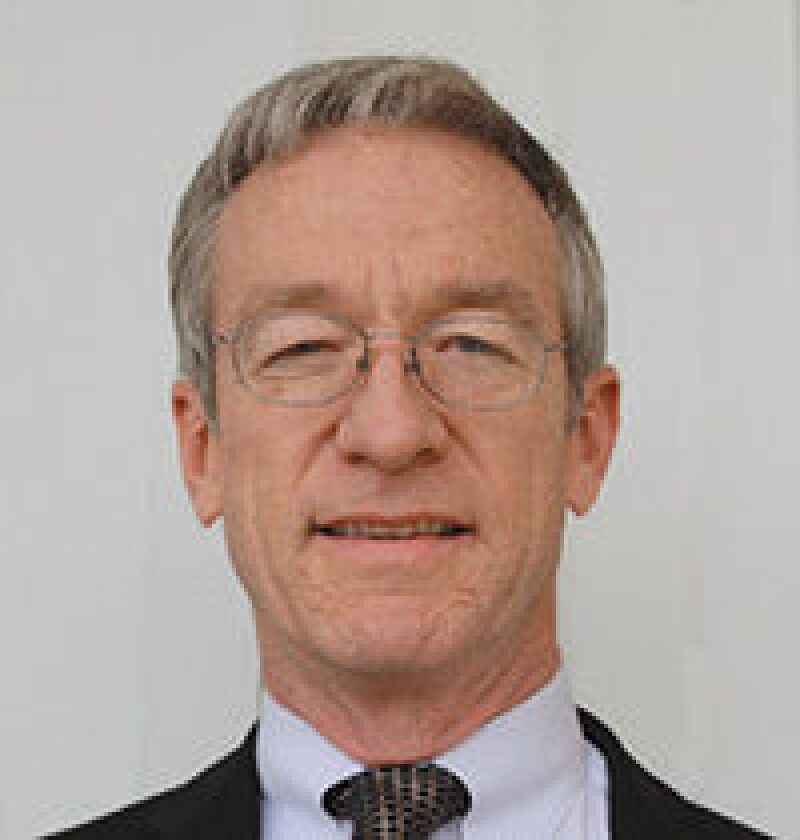From the beginning, the name of the game has been innovation. No single word has characterized drilling design and operations more completely during the 160 years since Colonel Drake first probed the Pennsylvania landscape for oil. This fundamental aspect of our business applies now more than ever across geographical and corporate boundaries.
Examples of evolution in well construction during the past several years include new horizontal-well applications, breakthroughs in bit and directional-drilling technology, synthetic fluids, fracture-stimulation advancements, managed-pressure drilling, and the digital revolution.
All this being said, few could have imagined the present state of the industry unfolding with the development of unconventional resources. During the past 7 years alone, US oil production has again become a dominant global force, doubling from 5.5 million to more than 11 million B/D. Even greater effects on gas reserves have been realized with the expansion of infrastructure to deliver a rising tide of new gas production to consumers. Around the globe, the ultimate benefits of these current trends remain to be seen as new reserves continue to be identified within most of the world’s oil- and gas-producing regions.
Papers selected for this feature serve as superb examples of drilling evolution in a variety of locations, including US onshore, offshore Thailand, deepwater Gulf of Mexico, Sakhalin Island, and the North Sea. In each case, evolution in well design, equipment, and operational procedures has occurred, resulting in dramatic advancements in technical feasibility, efficiency, and safety. Paper SPE 191783, “Drilling Extended Laterals in the Marcellus Shale,” reveals advancements underpinning new unconventional production in that area as well as in the Permian Basin, the Bakken, the Eagle Ford, and the Utica fields. Successful results published by international and offshore operators in Papers SPE 191054 and OTC 29065 highlight not simply new tools or procedures but also far-reaching breakthroughs that fundamentally alter the outlook and value of these types of assets. Papers referenced in the pages that follow offer but a glimpse into a greater library and wealth of knowledge available to SPE readers desiring to remain connected with drilling innovations.
This Month's Technical Papers
Optimization Work Flow Converts Power to Performance for GOM Drilling
Revised Drilling Practices Lead to Lateral-Length Gains in Marcellus Shale
Thailand Joint-Development Project Delivers MWD/LWD Benefits
Recommended Additional Reading
SPE 191090 Simultaneously Drilling and Underreaming Directional Topholes With Underreamer Below Mud Motor Saves a Trip in Collision-Free Operations: Offshore Sakhalin Island Case Study by Ruslan Kasumov, Schlumberger, et al.
IADC/SPE 191099 Complete Managed-Pressure-Drilling Rigs: Is This the Future? by Ben Gedge, PVD Well Service, et al.
SPE 191331 Drilling a Challenging Kvitebjørn Field 5¾-in. Section in a Single Run Using a New Mud-Motor-Modeling Engineering Work Flow and New Long-Life Elastomer by Hany Ahmed Beeh, Schlumberger, et al.
SPE 191338 Out-of-Zone Injection by A. Galiev, PJSC Tatneft, et al.

| Michael H. Weatherl, SPE, is an engineering consultant and president of Well Integrity in Scott, Louisiana. He holds a BS degree in petroleum engineering from The University of Tulsa and has been a registered petroleum engineer in Texas since 1993. Before starting Well Integrity in August 2014, Weatherl worked as a drilling and completion team leader for Hess’ New Ventures Unit in Houston following assignments in Norway and offshore Americas. Before Hess, he worked for 25 years for Chevron, including in a number of positions in production and drilling in Louisiana and Texas. Weatherl is a member of the JPT Editorial Committee and serves on the SPE Deepwater Drilling and Completion Conference Committee. He has been a member of SPE for more than 30 years, has authored several papers, and served as a technical editor for SPE Drilling and Completion from 1991 to 2013. Weatherl can be reached at weatherlsr@yahoo.com. |


